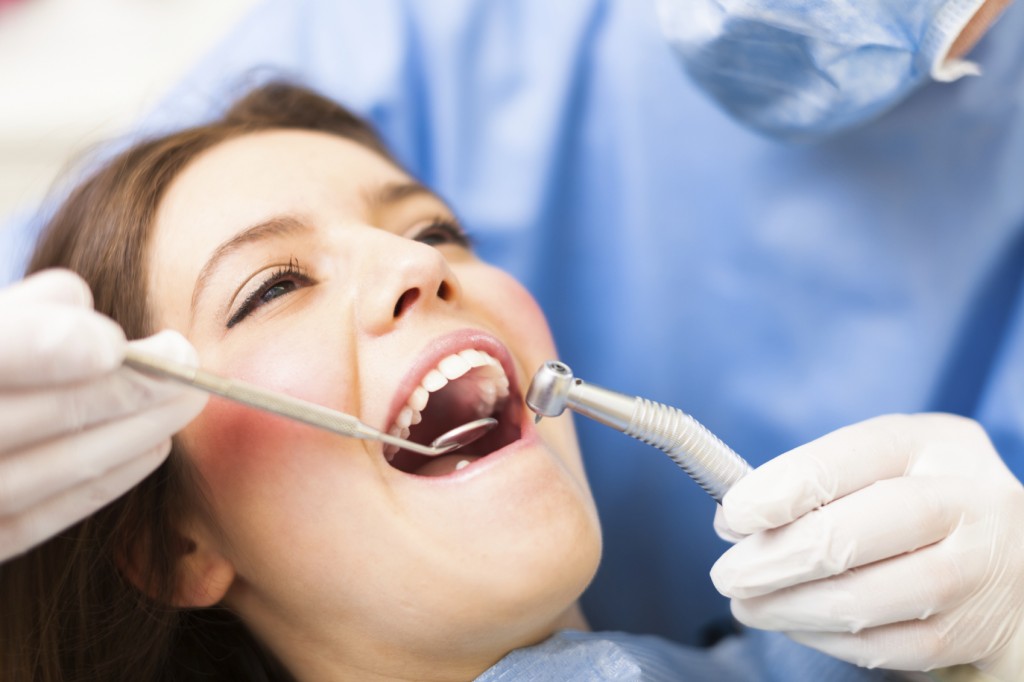
Gerard J. Lemongello discusses all the steps taken to correct the malocclusion
Edward H. Angle described class III malocclusion as one in which the mandibular first molar is positioned mesially relative to the maxillary first molar (Angle 1900). A class III skeletal relationship can occur as a result of a normal maxilla with mandibular protrusion, maxillary retrusion with a normal mandible, or a combination of maxillary retrusion and mandibular protrusion. A class III dental relationship can exist when the maxillary/mandibular relationship is normal.
A pseudo class III malocclusion is caused by a forward shift of the mandible to avoid incisal interferences (Proffit 1986). For many class III malocclusions, both surgical and orthodontic treatment are required. Depending on the amount of skeletal discrepancy, surgical correction may consist of mandibular retraction, maxillary protraction, or a combination of both procedures. For some minor class III malocclusions, or in the case of a pseudo class III malocclusion, surgical intervention may not be necessary.
To read more about this restorative approach, including a case study, click here.
Aesthetic Advantage has state of the art educational facilities that can help you take your career to the next level, call us at (212) 794.3552 for more information.
Aesthetic Advantage proudly serves New York, Atlanta, Florida, Chicago, Pennsylvania, Boston, Rhode Island, California, South Carolina and all surrounding areas.




